
- For PC
- For MAC
- For Linux
- OS: Windows 10 (64 bit)
- Processor: Dual-Core 2.2 GHz
- Memory: 4GB
- Video Card: DirectX 11 level video card: AMD Radeon 77XX / NVIDIA GeForce GTX 660. The minimum supported resolution for the game is 720p.
- Network: Broadband Internet connection
- Hard Drive: 23.1 GB (Minimal client)
- OS: Windows 10/11 (64 bit)
- Processor: Intel Core i5 or Ryzen 5 3600 and better
- Memory: 16 GB and more
- Video Card: DirectX 11 level video card or higher and drivers: Nvidia GeForce 1060 and higher, Radeon RX 570 and higher
- Network: Broadband Internet connection
- Hard Drive: 75.9 GB (Full client)
- OS: Mac OS Big Sur 11.0 or newer
- Processor: Core i5, minimum 2.2GHz (Intel Xeon is not supported)
- Memory: 6 GB
- Video Card: Intel Iris Pro 5200 (Mac), or analog from AMD/Nvidia for Mac. Minimum supported resolution for the game is 720p with Metal support.
- Network: Broadband Internet connection
- Hard Drive: 22.1 GB (Minimal client)
- OS: Mac OS Big Sur 11.0 or newer
- Processor: Core i7 (Intel Xeon is not supported)
- Memory: 8 GB
- Video Card: Radeon Vega II or higher with Metal support.
- Network: Broadband Internet connection
- Hard Drive: 62.2 GB (Full client)
- OS: Most modern 64bit Linux distributions
- Processor: Dual-Core 2.4 GHz
- Memory: 4 GB
- Video Card: NVIDIA 660 with latest proprietary drivers (not older than 6 months) / similar AMD with latest proprietary drivers (not older than 6 months; the minimum supported resolution for the game is 720p) with Vulkan support.
- Network: Broadband Internet connection
- Hard Drive: 22.1 GB (Minimal client)
- OS: Ubuntu 20.04 64bit
- Processor: Intel Core i7
- Memory: 16 GB
- Video Card: NVIDIA 1060 with latest proprietary drivers (not older than 6 months) / similar AMD (Radeon RX 570) with latest proprietary drivers (not older than 6 months) with Vulkan support.
- Network: Broadband Internet connection
- Hard Drive: 62.2 GB (Full client)
The first American destroyer leader, the Phelps, with her enhanced anti-air armament will be a reward for participants in World War.
In the 1920’s, the USA acquired a pressing need to equip its fleet with so-called destroyer leaders, i.e. larger and better armed flagships for destroyer flotillas. At the time when the military was trying to convince the US government of the need for these vessels, and the government was arguing that the country already had sufficient numbers of standard destroyers, the London Naval Conference was held to discuss naval disarmament. The conference established an upper displacement limit of 1,850 tonnes for destroyer leaders, which prompted the development of a new ship that would conform to this new international military standard. A preliminary design for the new command ship was ready by November 1930. After almost 18 months of consultations and negotiations, the final design was approved. With a displacement of 1,850 tonnes, the ship carried eight 127mm guns, two quadruple 28mm guns (“Chicago pianos”), 2x4 torpedo launchers and light half-inch armour. All eight of the planned Porter-class destroyers were built and brought into service by 1937.
The realities of war revealed several defects in the new leaders, the most significant one was their extremely weak anti-air defence. The ship’s 127mm guns were not universal, and the power of the two “Chicago pianos” was woefully inadequate for defending the ship against aircraft attacks. The Porter-class ships underwent two major modernizations intended to enhance the leaders’ firepower. By 1944, the ships were markedly different. First of all, the outdated primary guns were replaced with all-purpose weapons, and their number was reduced to five in three turrets. The ship gained a formidable anti-air battery – one quadruple and two twinned 40mm Bofors guns, six 20mm Oerlikons, and high-calibre machine guns. Looking beyond armament, the ship’s decks were also transformed: the bridge was changed, the height of the rear superstructure was reduced, and reserve torpedoes were removed. Porter-class ships served in this form until they were decommissioned in the early post-war period.
We’re pleased to present one of these typical Porter-class ships – the Phelps. This destroyer leader will be given as a reward to participants in the new session of World War. The Phelps certainly looks surprisingly harmonious and complete among the rank III destroyers and shows no obvious shortcomings. The primary armament comprises five 127mm guns - one of the best guns of this calibre in the game at the moment.
The torpedo and anti-submarine armament is also good, with 533mm torpedoes, depth charges, and a depth charge launcher. The Phelps boasts a respectable speed and has light armour like other destroyers: in short, the ship is good or even excellent when compared to her peers. Its anti-air armament deserves special mention.
The Phelps keeps the skies overhead clear with a veritable orchestra of barrels in various calibres: 40mm Bofors autocannons, 20mm guns, and high-calibre machine guns are well placed on the deck and superstructures in order to meet targets coming from any direction with heavy anti-air fire.
The Phelps is a destroyer leader that is a pleasure to control. She is also well-armed and adequately defended from air attacks. This ship promises hours of fun gameplay with no distracting technical limitations for commanders to remember. One of the top in her class, the Phelps is a great prize for World War fans.
The War Thunder Team
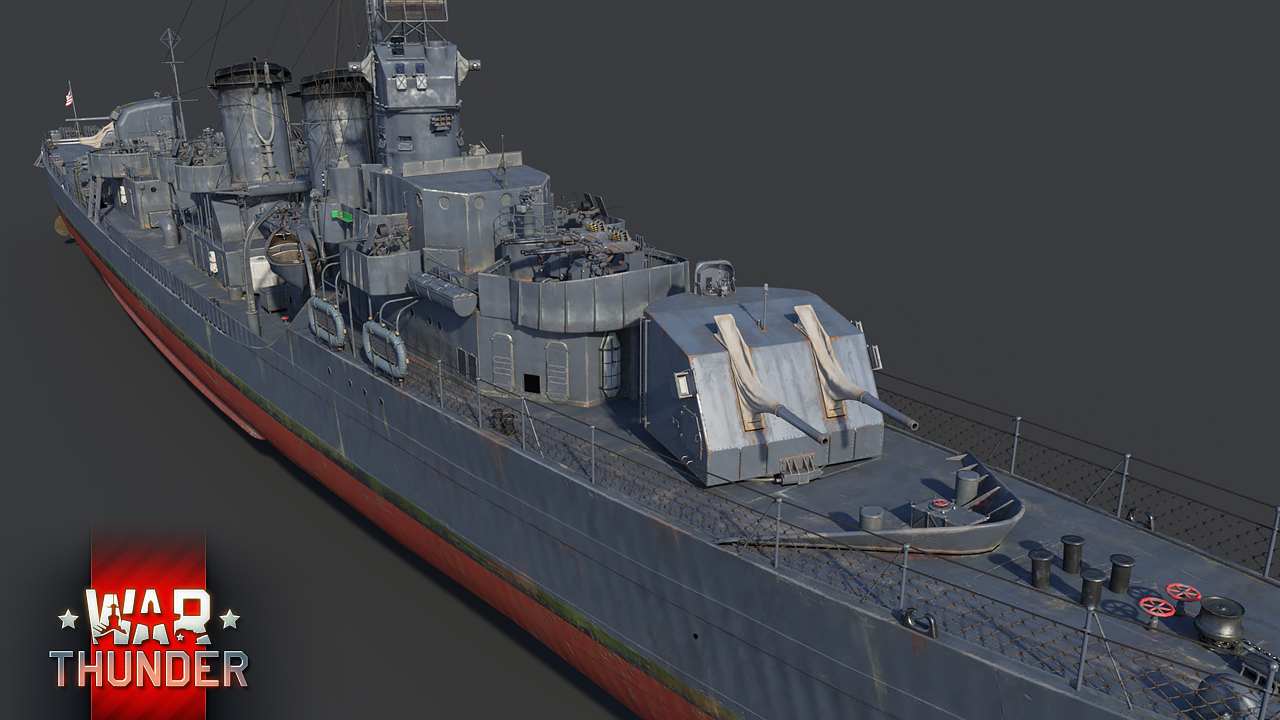
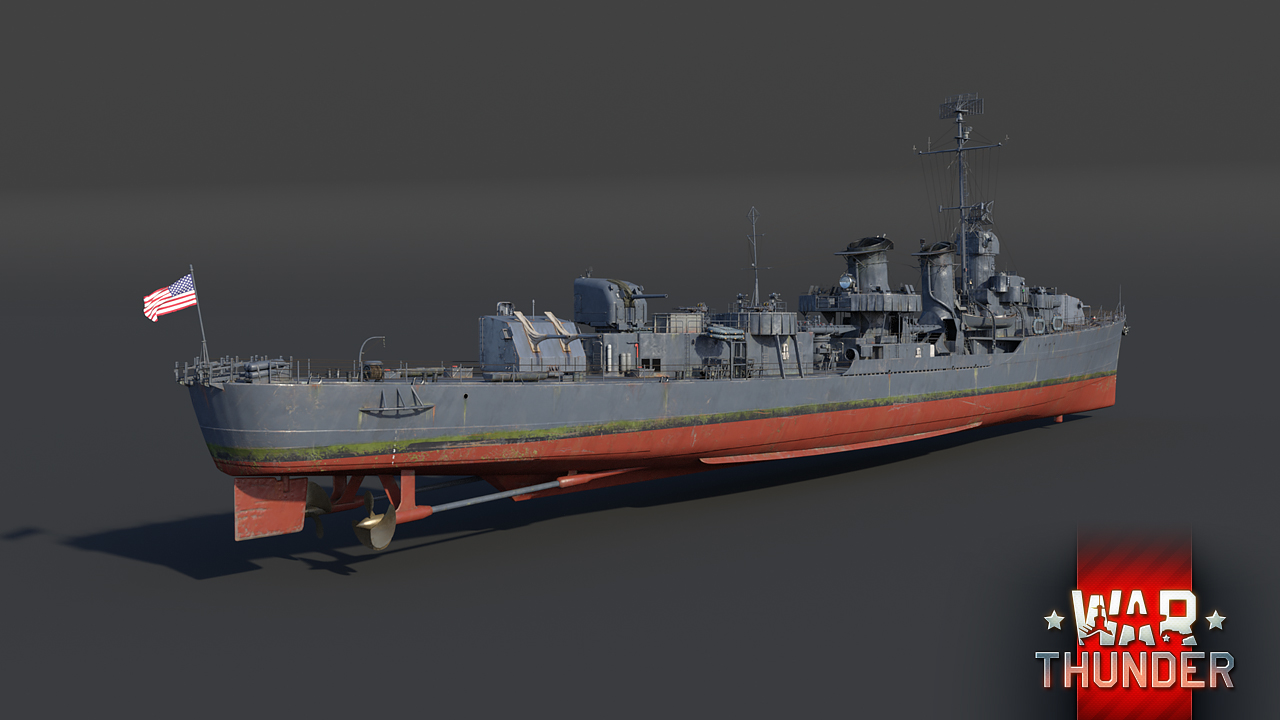
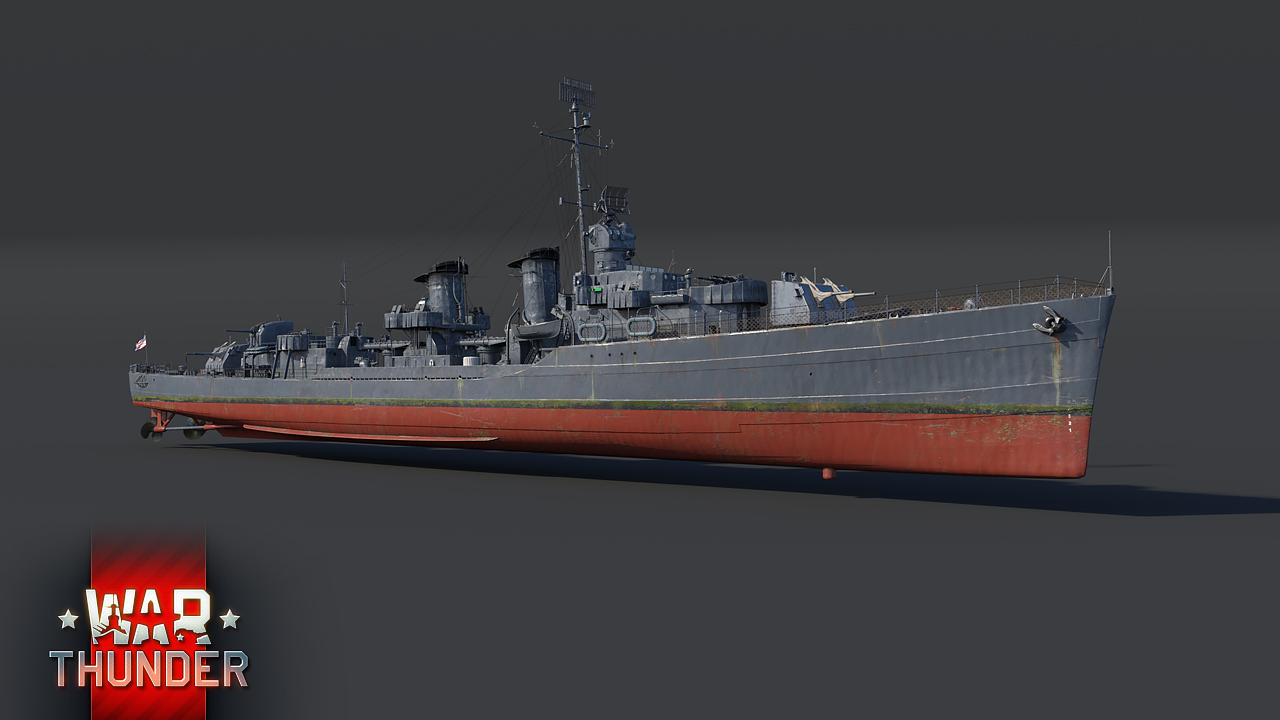
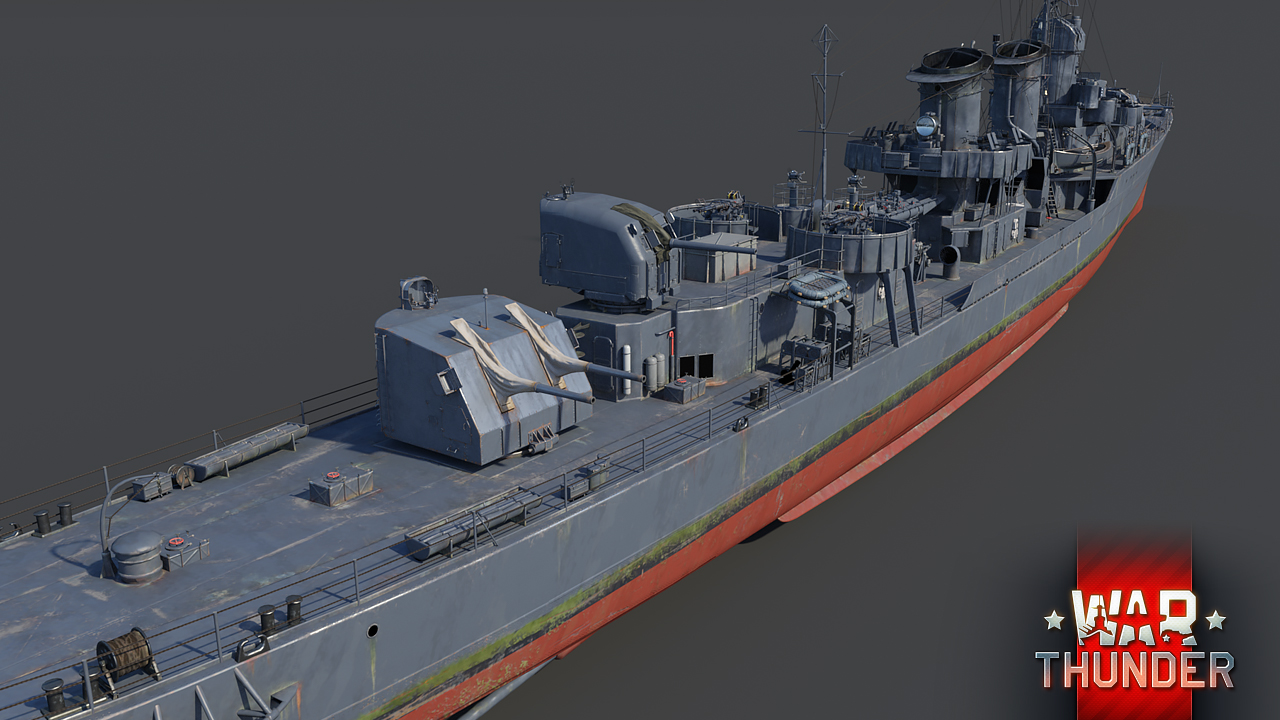
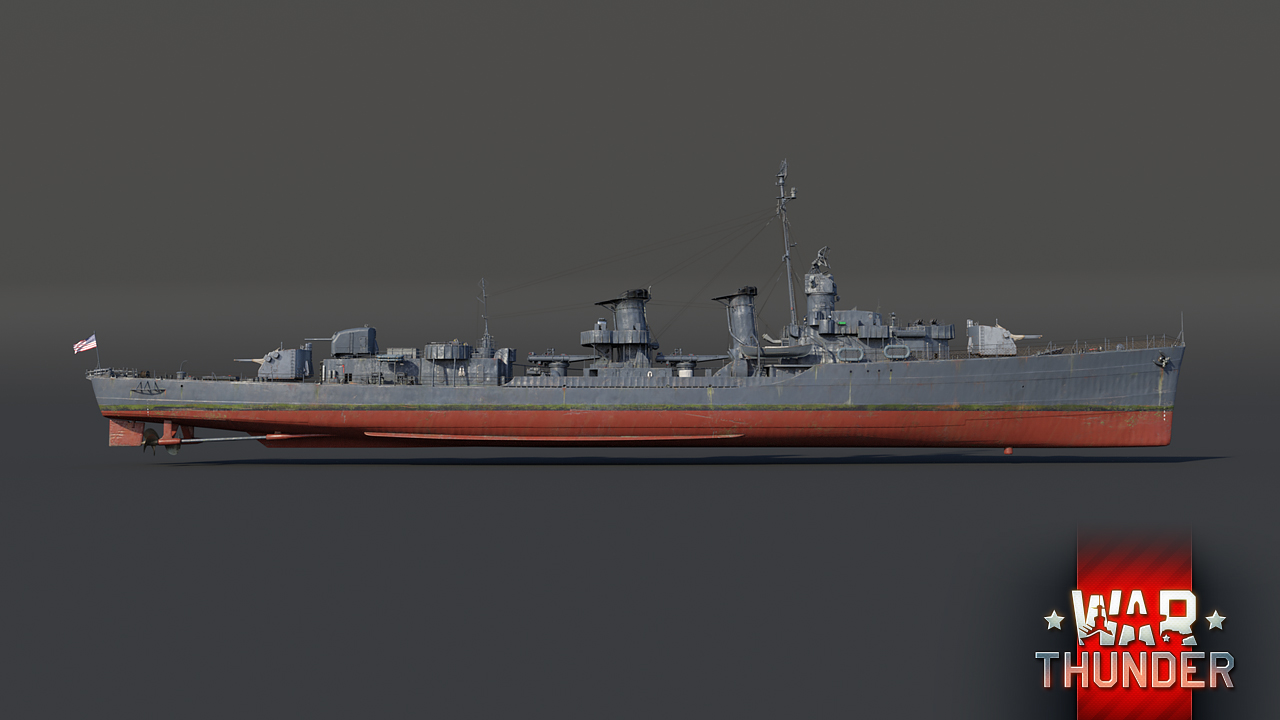
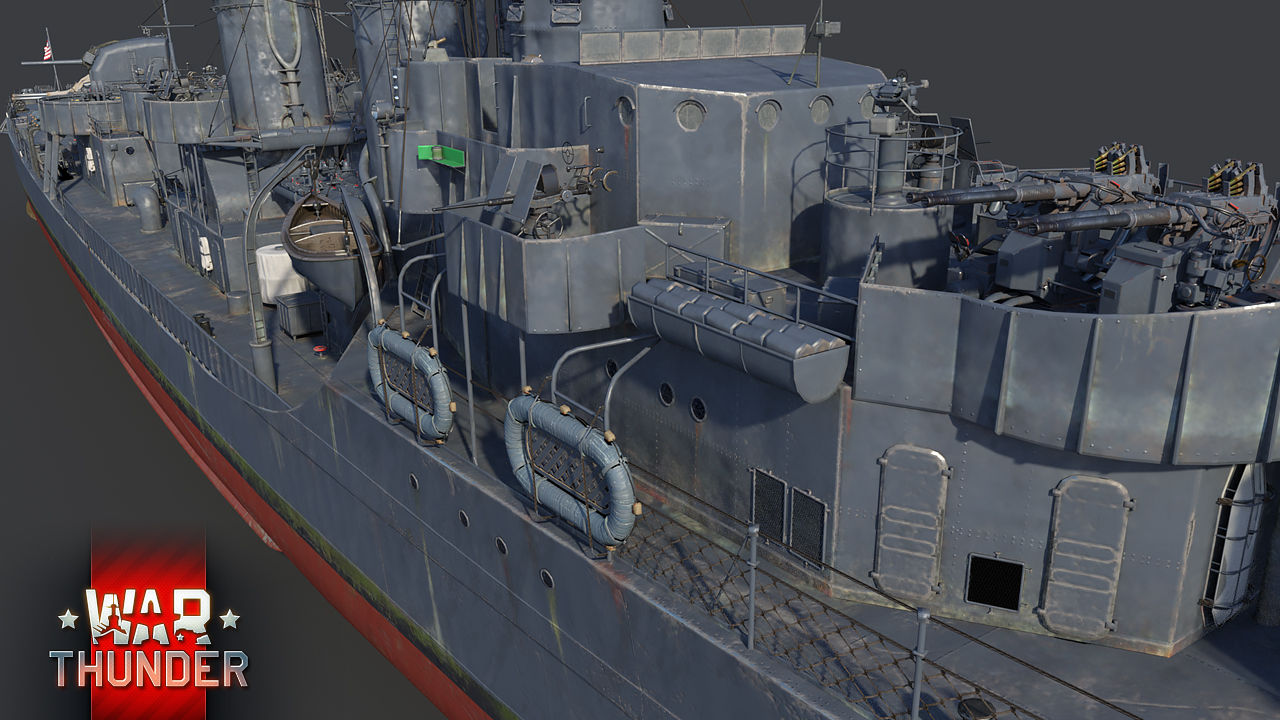
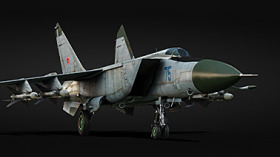

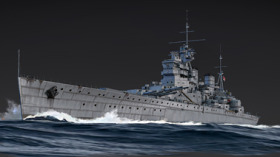

Comments (98)
"The torpedo and anti-submarine armament is also good" Hmm, mentioning anti-submarine armament... is this a possible leak I see here?
will there be a tank or plane reward aswell or is this it?
It's for world war mode, of course there will be a plane and tank reward as well.
Wait for future devblogs :)
I might participate but worried that i had to play tanks and air battle 1st then naval battle as im better on naval warfare than others....... SOMEONE PLEASE TELL ME
it all depends on what battles commander will chose. If commander will send thier ships against enemy ships then there gonna be naval battle.
OrsonES, IF its similar to FROST event...... then i shall play it someday.... does this WW part has time limit like FROST event??????
Im just curious , a question : How much cost a single vehicle for the company? I mean , in average , from the beginning , the collection of the datas , the 3d model , implementing in the game , this whole workflow of the vehicle. Of course if it not a secret , if it is , just tell how many hour you need for a simple vehicle .
11k USD is what you get in the revenue share program, but I guess some other models are more expensive.
Iron_physik, I think its different in this case because in revenue program they put into premium vehicles and in a short time that money will repay for the company from the sales , i think its too much for a single vehicle , if i need to say i would say a price between 500-1000 Euro
T-72B with a 1989 armor package mod?
What does that have to do with this ship? Take your vehicle questions to the forums instead of asking for them on devblogs that have nothing to do with it.
Nicee
Impressive. They can make a DD with actual AA if they want to. Now, please consider AA refits and replacements for other ships to make them fare against their contemporaries in AA power like Clemsons, whole IJN DD tree except Akizuki, Grafton, all IJN cruisers except Agano and Furutaka sisters, Pensacola and Hawkins.
bruh
Here we go again.. =S why are there vehicles behind this mode? Especially after the last run wasnt any promising at all.
The vehicle has to be there for any testing to happen at all, I'd guess.
If i understood correctly; we only have to play WW mode not be best, win, play 100 times so w maybe win some and earn something??? This sounds lke a really sweet deal and a good way to attract naval players!! Sweet!
Submit a complaint